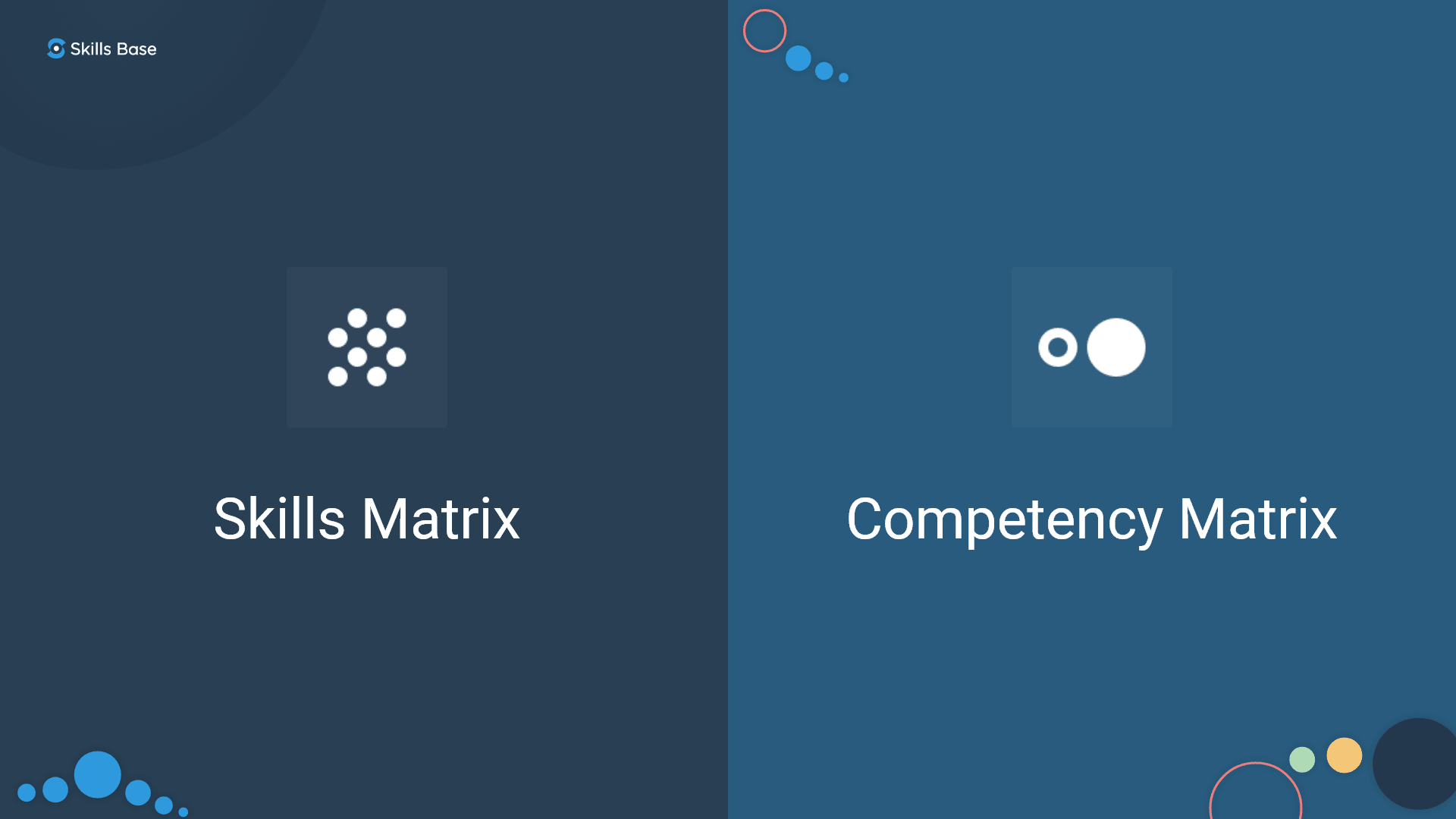Whether you’re looking for a new job, writing a job description, or assembling a team, one thing you are bound to come across is “skills” and “competencies”. If you thought they were the same thing, you’re not alone! However, while they are definitely related, the two terms also have some key differences, and we are going to break them down in this article.
What are skills?
The term “skill” can have many definitions in its broad use, however, in the context of skills management, a skill is a granular, learned ability possessed by a person, and especially the proficiency in performing or executing that ability. We say “granular”, because when it comes to something like optimizing training, or allocating employees to projects, being specific really counts!
A few examples of skills
It’s important that skills data should become a common language across your workforce and organization. Without a clear foundation in terms of your skills taxonomy your employees and teams will have a greater range of subjective interpretation.
If we were to look into someone in a software developer role a few of their skills could include:
- Java,
- Data Entry,
- HTML 5,
- AWS Kubernetes. or
- Working Remotely
It is all about what a person can (or cannot) do.
What are competencies
Competencies are a combined set of abilities, desire, and knowledge required to be considered “competent” in performing or executing a particular function. Competencies form the basis for measuring the capabilities of an organization’s workforce. Competency tracking systems help organization’s stay across staff skill abilities, desires and knowledge.
It is also critical for managers to create competency targets for their business as a way to understand their ability to properly track skills or groups of skill sets at the desired level or output.
A few examples of competencies
Competencies are those that can benefit the business in a strategic way and give an overview of whether or not someone can perform a skill or perform a group of skills in a valid way. Taking the software developer example above a few examples include:
- Competence in using the skill Java,
- Competence in Back-end Language Skills,
- Competence in Software and Digital Skills
Why both skills and competency tracking is valuable
The main difference between these two terms is, to put it very simply, competencies are broader than skills. A competence combines knowledge, skills, and ability together, where a skill is a part of a competence. Understanding both someone’s skills and competencies can be very valuable for businesses and hiring managers, as well as individuals who want visibility of their career progression.
Visualizing through a skills and competency matrix
Skills and competency matrix software, can help with visualizing what a person can do and how they can contribute to a team or organization. And, unlike Excel, it can be used to track, measure and visualize data in real-time regardless of being at an employee, team or organization level.
A matrix or framework can help map out skills and competencies so decision makers have a clear picture of teams and individuals and staff can see how they are progressing. They can make creating teams easier, pinpoint where there are skill gaps, find people with skills you wouldn’t typically know they had, link training outcomes to skill and competency levels and help cover staff that are sick or away.
A Skill and Competency Matrix Example
Using the skills and competency reporting features in Skills Base as an example, and focusing on the software developer role we discussed earlier, we can start to get a clearer picture of what it all might look like. This image (using some dummy data) reports on the skill levels, and competency levels for this specific employee.
If we take a closer look at a specific skill ( Java ) You will be able to see a few things. As an organization we have said that we need all employees to have a skill level of at least 2. This employee unfortunately only has a assessed skill rating of 1. Therefore they are only 50% competent in completing this skill.
Having this data visualized and mapped out means that from a training perspective, a manager can work collaboratively with an employee to improve their skill level. Whether it’s through online courses, new qualifications or coaching.
If we take a step back and look at the broader category of Back-End Languages, this employee is well and truly above target in PHP, and if we average those ratings out, (2.5 skill level) the employee will have a competence rating of 75% in Back-End language skills.
As you can start to imagine, this starts to paint a powerful picture for the skills and competencies of an employee, team or organization as a whole. Opening up the opportunity for data driven Workforce planning, employee experience and business decisions.
Want to start tracking skills and competencies today? We can help! Our team can assist in getting started, looking into your skills-based technology stack, or just figuring out what is the next best step. Send through an enquiry or book your demo today.
